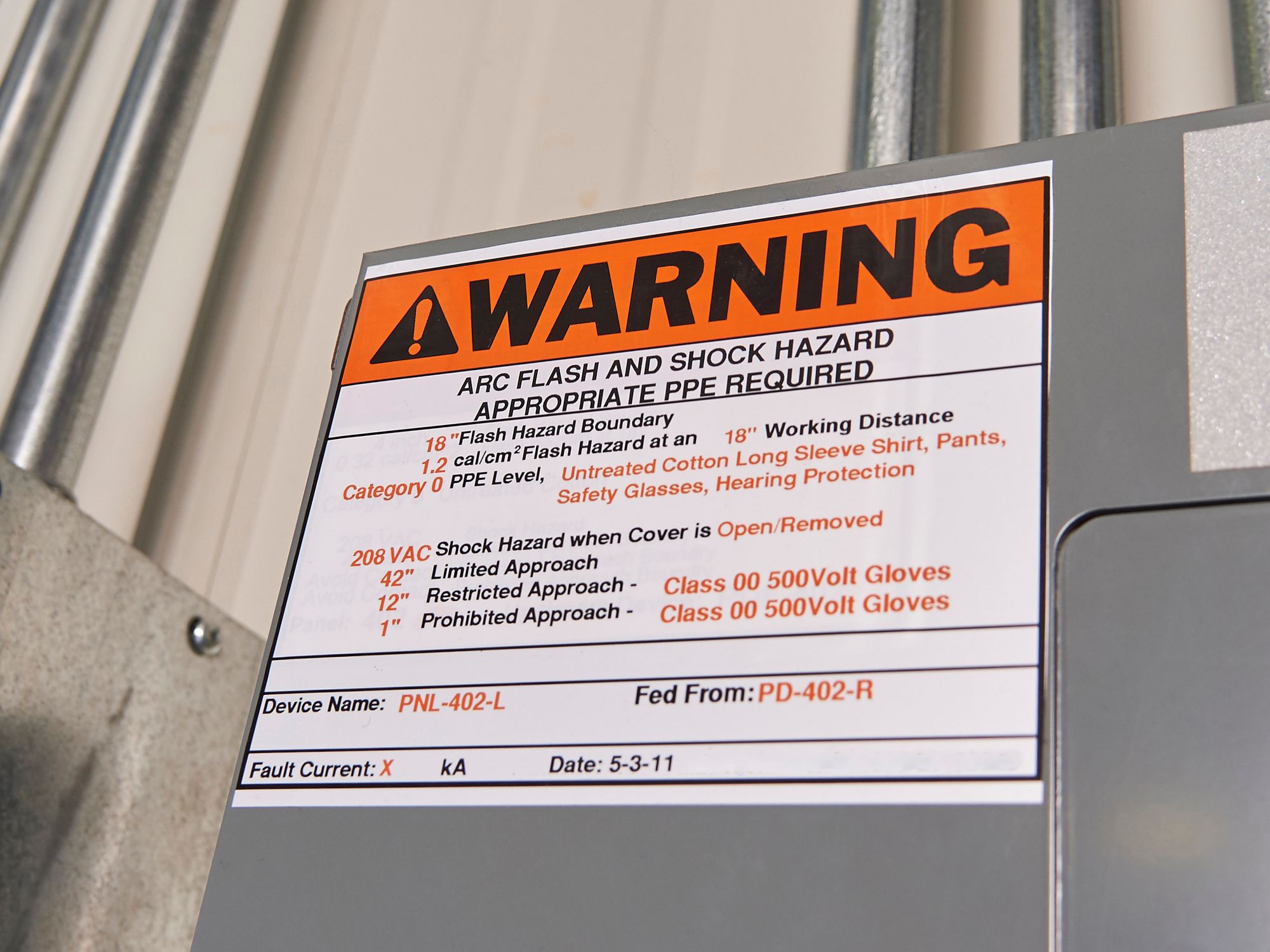What are the safety-related work practices?

- Employees must be protected from various hazards associated with electricity in the workplace.
- Some methods of protection include guarding, distance, protective equipment, tools in good working order, and good training/judgment.
The employer must not permit an employee to work near any part of an electric power circuit that the employee could contact in the course of work, unless the employee is protected against shock by de-energizing the circuit and grounding it or by guarding it effectively by insulation or other means.
Good safety related work practices include the use of:
Protective equipment. Employees whose occupations require them to work directly with electricity must use the personal protective equipment required for the jobs they perform. This equipment may consist of rubber insulating gloves, hoods, sleeves, matting, blankets, line hose, and industrial protective helmets.
Tools. To maximize safety, an employee should always use tools that work properly. Tools must be inspected before use, and those found questionable should be removed from service and properly tagged. Tools and other equipment should be regularly maintained. Inadequate maintenance can cause equipment to deteriorate, resulting in an unsafe condition. Tools that are used by employees to handle energized conductors must be designed and constructed to withstand the voltages and stresses to which they are exposed.
Good judgment. Perhaps the single most successful defense against electrical accidents is the continuous exercising of good judgment or common sense. All employees should be thoroughly familiar with the safety procedures for their particular jobs. When work is performed on electrical equipment, for example, some basic procedures are:
- Have the equipment de-energized.
- Ensure that the equipment remains de-energized by using some type of lockout and tag procedure.
- Use insulating protective equipment.
- Keep a safe distance from energized parts.
How are employees protected against underground electric powerlines?
When the exact location of underground electric powerlines is unknown, employees using jack hammers or hand tools which may contact a line must be provided with insulated protective gloves. Before work is begun, the employer must determine by inquiry, observation, or instruments where any part of an exposed or concealed energized electric power circuit is located. This is necessary because a person, tool or machine could come into physical or electrical contact with the electric power circuit. The employer is required to advise employees of the location of such lines, the hazards involved, and protective measures to be taken as well as to post and maintain proper warning signs.
How are employees protected at passageways and open spaces?
The employer must provide barriers or other means of guarding to ensure that workspace for electrical equipment will not be used as a passageway during the time when energized parts of electrical equipment are exposed. Walkways and similar working spaces must be kept clear of electric cords. Other standards cover load ratings, fuses, cords, and cables.
What are the requirements for lockout and tagging of circuits?
Tags must be placed on controls that are to be deactivated during the course of work on energized or de-energized equipment or circuits. Equipment or circuits that are de-energized must be rendered inoperative and have tags attached at all points where such equipment or circuits can be energized.
What are the requirements for working near overhead powerlines?
If work is to be performed near overhead power lines, the lines must be de-energized and grounded by the owner or operator of the lines, or other protective measures must be provided before work is started. Protective measures (such as guarding or insulating the lines) must be designed to prevent employees from contacting the lines.
Unqualified employees and mechanical equipment must stay at least 10 feet away from overhead power lines. If the voltage is more than 50,000 volts, the clearance must be increased by 4 inches for each additional 10,000 volts.
When mechanical equipment is being operated near overhead lines, employees standing on the ground may not contact the equipment unless it is located so that the required clearance cannot be violated even at the maximum reach of the equipment.
